Introduction
I totally understand your struggles lately! Seeing those fitness influencers' perfect bodies while constantly procrastinating yourself. Let alone going to the gym, even going downstairs for a run takes so much hesitation. But don't worry, as someone who started from zero, I can now maintain 4-5 workouts per week. Today I'll share my experience to help you easily tackle exercise at home.
Space Setup
When it comes to working out at home, space setup is crucial. It was terrible when I first started - exercising in the living room would get interrupted by family members passing by, while doing it in the bedroom would easily get distracted by the bed. It took me a while to figure out the trick.
Now I've dedicated a small corner at home, about the size of two yoga mats. This spot was carefully chosen - away from the TV, away from the bed, and I don't even bring my phone there. Just a yoga mat, a Bluetooth speaker, and a few simple pieces of equipment. Though simple, whenever I step into this corner, my entire mindset changes immediately.
I've specially decorated this workout area by putting up some motivational posters and hanging a full-length mirror. The mirror not only helps check if my form is correct but also lets me admire my progress anytime, which feels amazing. I also put up a small calendar on the wall, marking it with a check every time after working out. Seeing those checks accumulate gives me such a sense of achievement.
Many people might say their home is too small, but with proper planning, you can make it work even in a rental. My previous room was only about 150 square feet, yet I managed to create workout space. The key is learning to utilize every corner. For instance, I just moved my desk closer to the wall and instantly got a large free space.
Lighting is also important when setting up your workout space. If possible, choose a spot near the window. Natural light not only makes exercising more comfortable but also improves mood. I've specifically tested this - the same workout intensity feels much easier in well-lit areas.
Gradual Progress
Talking about creating workout plans, I've definitely stepped into quite a few pitfalls. When I first started with all that enthusiasm, I just followed fitness influencers' videos, and the result was predictable - my whole body felt like falling apart the next day. Looking back now, I was really too impulsive.
Later I understood that exercise really needs to be gradual. My current suggestion is to start with three times per week, 15 minutes each time. The focus of the first week is to build habits, and movements must start from the most basic. For example, with squats, don't jump straight to 50 reps, start with 10 and focus on proper form.
I've figured out a gradual progression plan: The first week mainly consists of simple warm-up exercises, like jumping jacks and jogging in place. By the second week, slowly introduce some strength training, like push-ups and planks. Each movement starts from the simplest variation, like wall push-ups for push-ups, and 15-second holds for planks.
By the third week, your body has developed some adaptation, and that's when you can start increasing training volume. For example, increase each set from 10 reps to 15, increase plank time from 15 seconds to 30 seconds. But the increase must be well-controlled, recommended not to exceed 20% of the previous week's volume.
I've also figured out a small tip: always leave some energy for tomorrow's self after each workout. That means, don't push yourself to the limit every time. Maintain a comfortable but challenging intensity, this is how you can stick to it long-term.
The increase in workout frequency should also be gradual. Wait until you can consistently maintain three times per week before considering increasing to four times. I now exercise 5 times per week, but this frequency was achieved after more than half a year of accumulation.
Another important point is to pay attention to proper form. I often practice in front of the mirror to ensure each movement is done correctly. Because only proper form can truly achieve the training effect while also preventing injury.
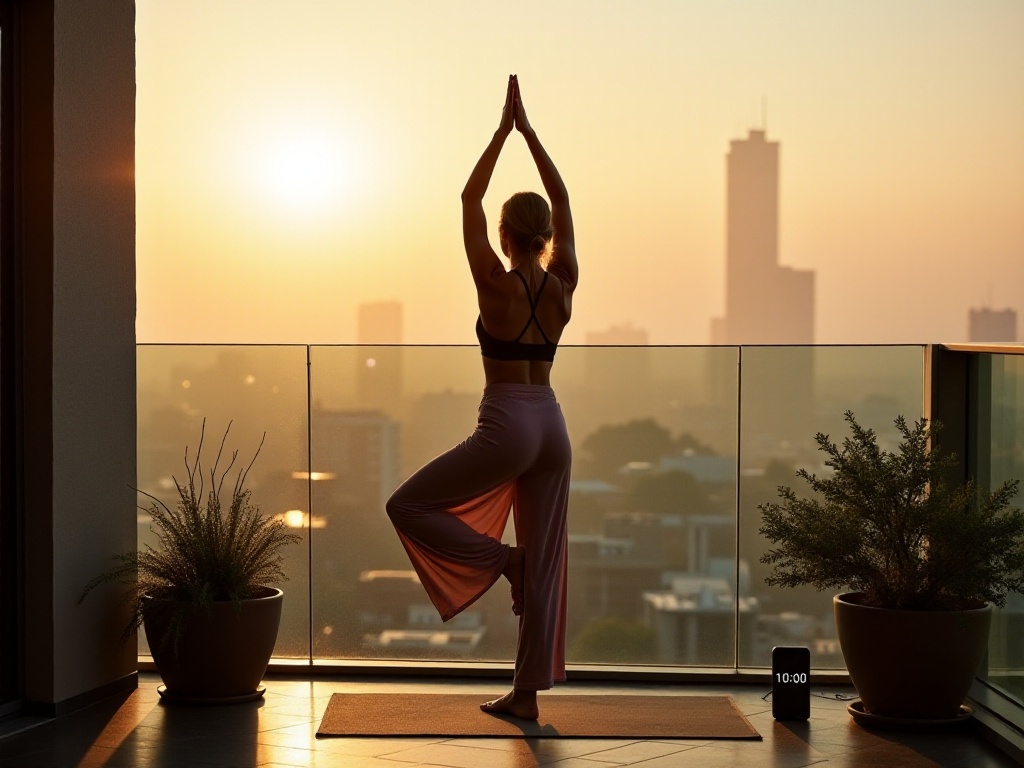
Creative Equipment
When it comes to fitness equipment, don't be scared by those thousand-dollar setups. Actually, everyday items at home can be put to good use, the key is to be creative.
My proudest invention is using water bottles as dumbbells. A 1.5-liter bottle weighs about 1.5 kg, add water to increase weight, pour some out to decrease - couldn't be more convenient. I specifically bought two identical bottles so I can do symmetric exercises.
Chairs at home are also great helpers. A sturdy chair can be used for squats, push-ups, and even tricep exercises. My dining chairs often double as fitness equipment, though make sure to choose sturdy ones - it would be awkward if the chair falls apart during exercise.
Door frames are also treasure troves. I installed a pull-up bar on my door frame and hang there whenever I pass by, it's especially effective for strengthening back and arms. But make sure to install it securely, I specifically checked with property management about the weight-bearing capacity.
Towels can also be very useful. I wrap towels around door handles for stretching and resistance training. Long towels can also assist with stretching, especially during post-workout stretching sessions, which works really well.
As for yoga mats, I recommend buying a professional one. My first mat was a cheap one for a few dozen dollars, and it really hurt my knees. After switching to a better one, the workout experience immediately improved.
I have another practical tip: prepare a storage box specifically for these workout "equipment." This not only keeps the room tidy but also makes everything readily accessible, which is super convenient.
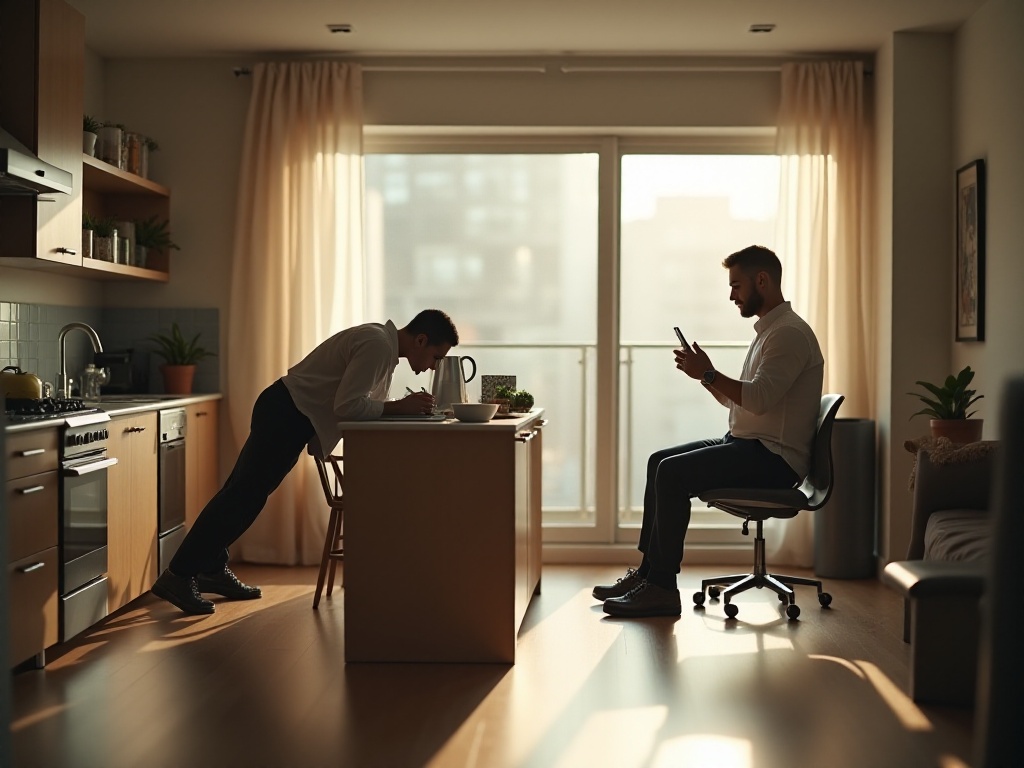
Maintaining Motivation
The hardest part about sticking to exercise is maintaining motivation, I deeply understand this. I used to have short-lived enthusiasm, but now I've found some really effective methods.
First is setting up a reward system. I made a rule for myself: I can only listen to the latest podcast episodes while working out. This way, exercise isn't boring, and I can learn new things. Sometimes when the content gets really interesting, I don't even notice I've exceeded my workout time.
I also set some small goals and rewards for myself. Like buying new workout clothes after exercising consistently for a month, or treating myself to a healthy feast after mastering certain moves. These small rewards might seem simple, but they're really effective.
Music selection is also important. I've created several workout playlists, choosing different music based on workout intensity. Upbeat tunes for warm-up, energetic electronic music for high-intensity training, and soft music for stretching. The rhythm of music can make exercise more interesting.
Additionally, I found that changing into workout clothes can really boost exercise motivation. It's not about how expensive they are, but mainly about comfort and fit. Once you put on dedicated workout clothes, your whole state changes. Plus, seeing yourself in workout clothes in the mirror also gives you more motivation.
I also regularly set some challenging goals for myself. Like completing 100 standard push-ups this month, or being able to hold a plank for 3 minutes. These small goals aren't too difficult yet provide continuous motivation.
Social media is also a good helper. I record my workout journey on social media, which serves as self-monitoring and also gets encouragement from friends. Sometimes I can find like-minded friends to check in together and motivate each other.
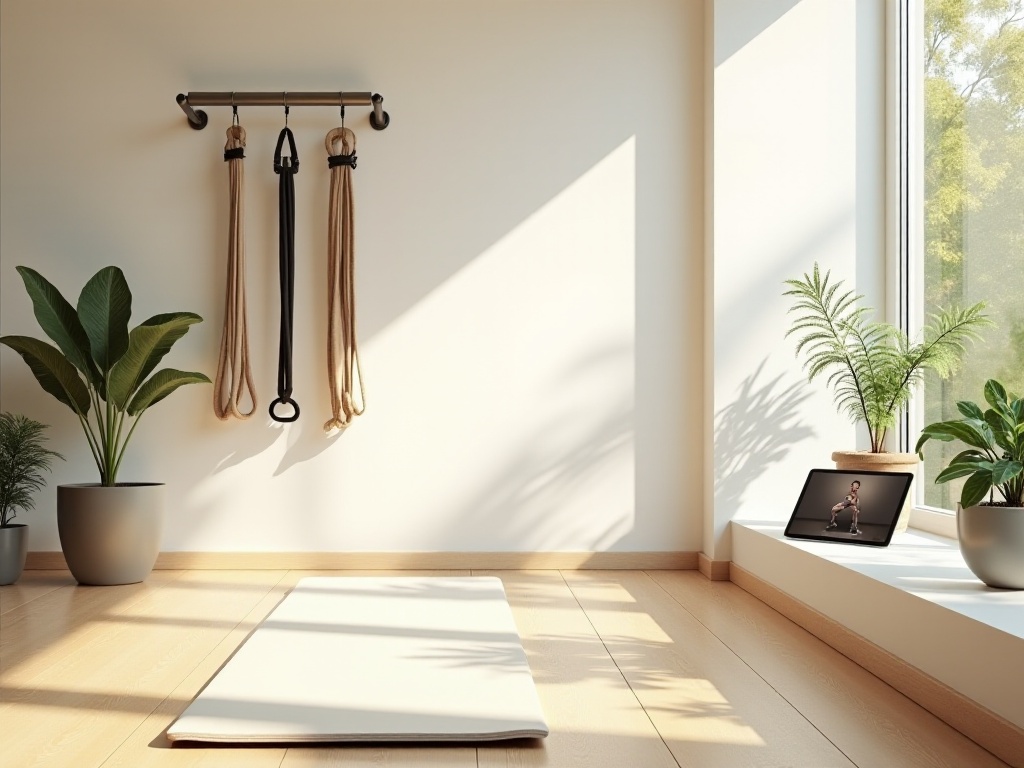
Time Management
When it comes to time management, I have a lot to say. I used to think I had no time for exercise, but later realized the key is learning to use fragmented time.
My current routine is: doing squats while brushing teeth in the morning, two minutes of brushing equals about 20 squats. Doing planks while watching TV, one episode allows for 3-4 sets. Squeezing in a 10-minute HIIT during lunch break, which works really well.
My weekday schedule goes like this: After waking up, using grooming time for simple warm-up exercises. If I'm at the office during lunch, finding a quiet corner for 10 minutes of high-intensity interval training. After returning home in the evening, doing some strength training while watching shows or browsing phone.
Weekends have more flexible time, so I arrange 30-45 minutes of systematic training. But it's not completed at once, rather divided into several time periods. Like 20 minutes of cardio in the morning, 15 minutes of strength training in the afternoon, and 10 minutes of stretching in the evening. This way it's not too tiring while ensuring workout effectiveness.
I discovered a particularly useful method: scheduling workouts at fixed times. Like starting exercise right after changing clothes when returning home from work. After forming the habit, you'll automatically enter exercise mode at this time point, requiring less willpower.
To avoid finding excuses to be lazy, I prepare workout clothes the day before. This way I can change and start exercising immediately after returning home the next day, giving myself no chance to slack off.
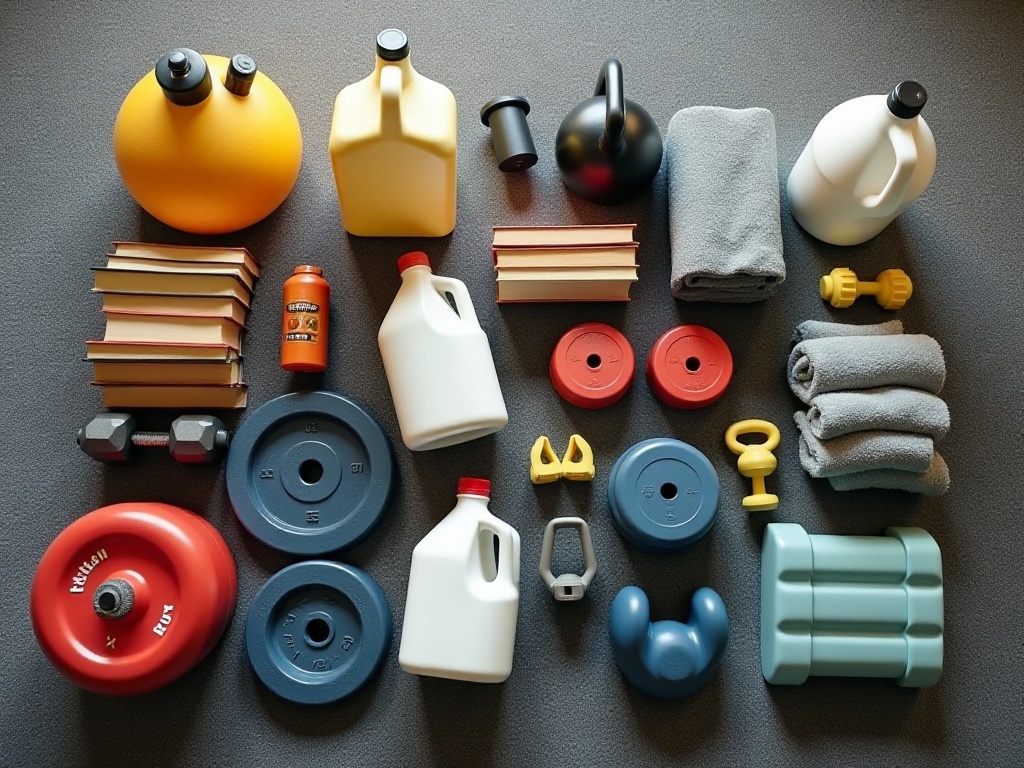
Progress Tracking
Honestly, if I hadn't kept records, I probably would have given up long ago. Recording progress not only shows your improvement but also allows timely adjustment of training plans.
I use phone notes to record daily workout data, including sets of movements, exercise duration, and feelings. For example, today did 3 sets of push-ups, 12 each set; 2 sets of planks, 40 seconds each; 4 sets of squats, 15 each. Also record the day's condition, like if particularly tired or which parts feel especially sore.
Every weekend I review the week's exercise situation, seeing which movements improved and which need strengthening. Adjust next week's training plan based on this data. For instance, if certain movements show no progress, might need to adjust training methods or increase volume.
I also regularly take photos to record body changes. Though changes might be subtle, comparing photos from a month ago with current ones shows obvious differences. Such visual comparison gives a great sense of achievement.
To make recording more interesting, I set some small goals for myself. Like doing 5 more push-ups than last week, or holding planks 10 seconds longer than last week. After achieving goals, I draw a little star as reward.
Sometimes I also record some interesting data, like how many songs I listened to during exercise, or how many episodes of shows this week's total exercise time equals. These interesting comparisons make recording less boring.
Precautions
As an exercise newbie, I've learned quite a few lessons the hard way, so these precautions are from bitter experience.
First is the issue of exercise intensity. I now use a simple standard: during exercise, you should be able to hold a normal conversation, but not easily sing. If you can't even talk, the intensity is too high; if you can sing easily, the intensity might be too low.
Regarding post-workout recovery, I've summarized a "24-hour rule": if within 24 hours after exercise, soreness in certain areas is so intense it affects normal life, then the training intensity for those areas needs adjustment.
Diet also needs attention. Best not to eat too much 1-2 hours before exercise, but also don't exercise on completely empty stomach. I usually eat a banana or drink some milk, which provides energy without too much burden.
Workout attire is also important. Don't exercise in jeans just to save trouble, this not only affects performance but can also cause injury. Exercise shoes must also be suitable, especially when doing jumping movements.
Warm-up is definitely necessary. I once sprained my ankle because I skipped warm-up out of laziness. Now I spend 5-10 minutes warming up before each workout, including rotating joints and doing simple stretches.
Exercise environment temperature also needs attention. Remember to hydrate during summer workouts, and do sufficient warm-up before winter training. I adjust workout times according to seasons, choosing cool morning or evening hours in summer, and afternoon warmer hours in winter.
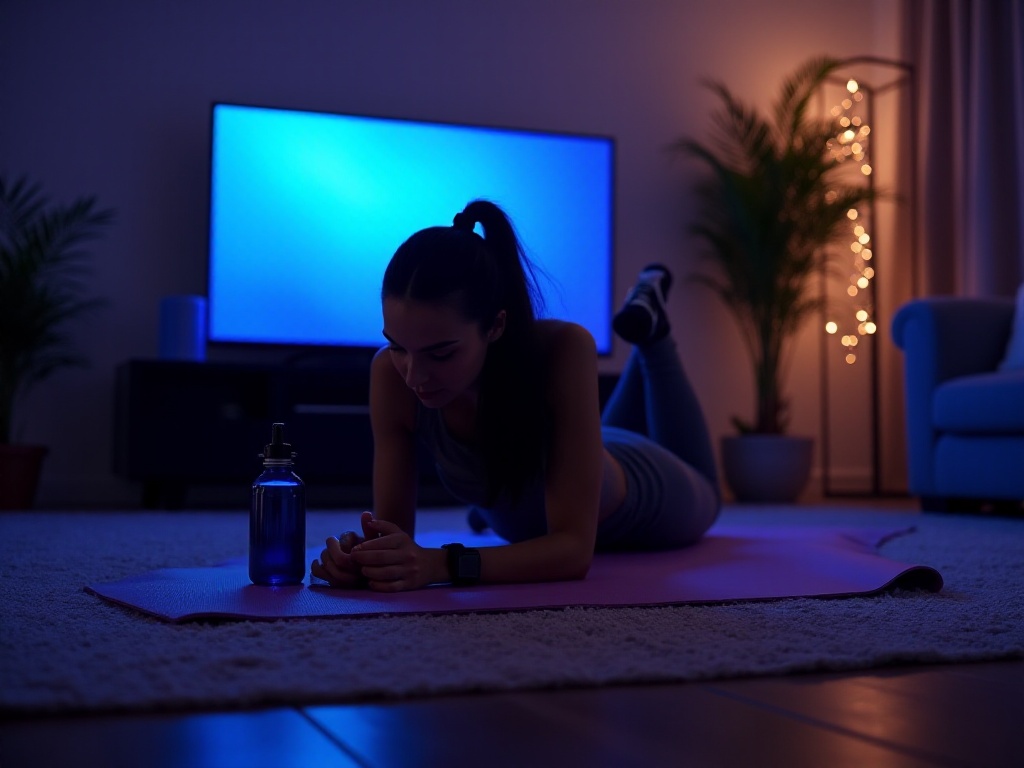
Summary and Outlook
After this period of exploration, I've really felt the changes exercise brings to life. Not only has my body improved, but work efficiency and sleep quality have also enhanced significantly.
Actually, forming exercise habits isn't that difficult, the key is finding suitable methods for yourself. It might feel very tiring and hard to persist at first, but once you get through the initial period, it gradually becomes enjoyable.
In the future, I plan to try some new forms of exercise, like yoga or jump rope. Maybe next time I can share experiences from these new attempts.
Looking back now, the most important thing is taking the first step. Rather than hesitating whether to start, why not stand up and move around now. Trust me, once you start feeling the changes exercise brings, you'll definitely fall in love with this lifestyle.
Remember, exercise isn't a competition, but a lifelong habit. Don't put too much pressure on yourself, find your own pace, take it slow, and you'll see changes.


